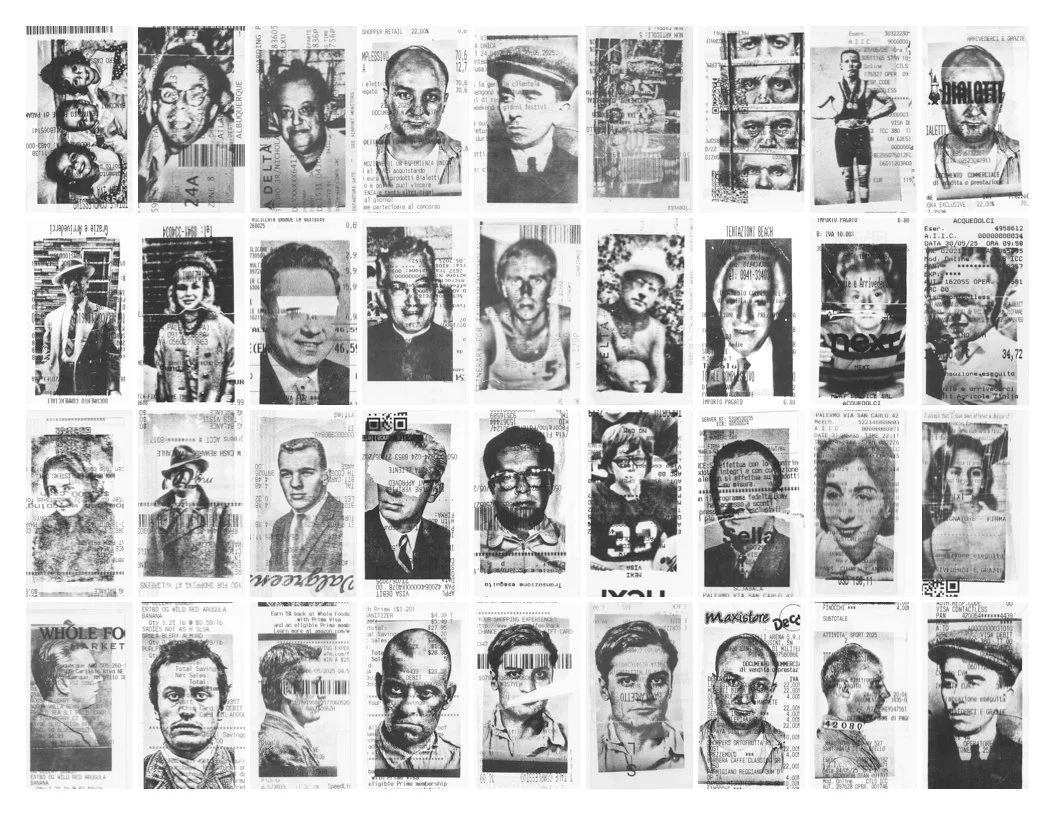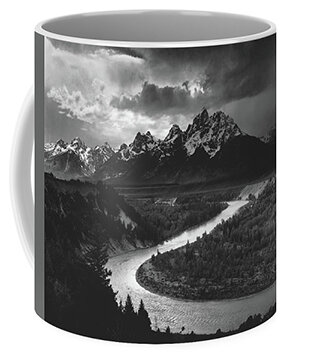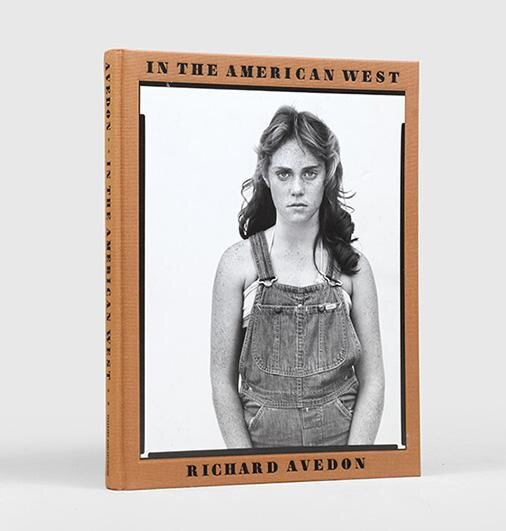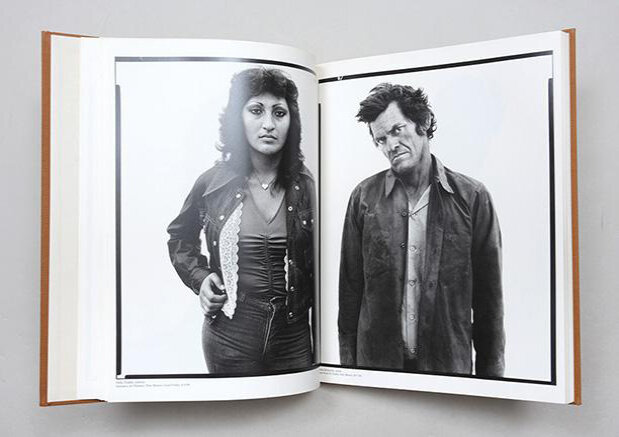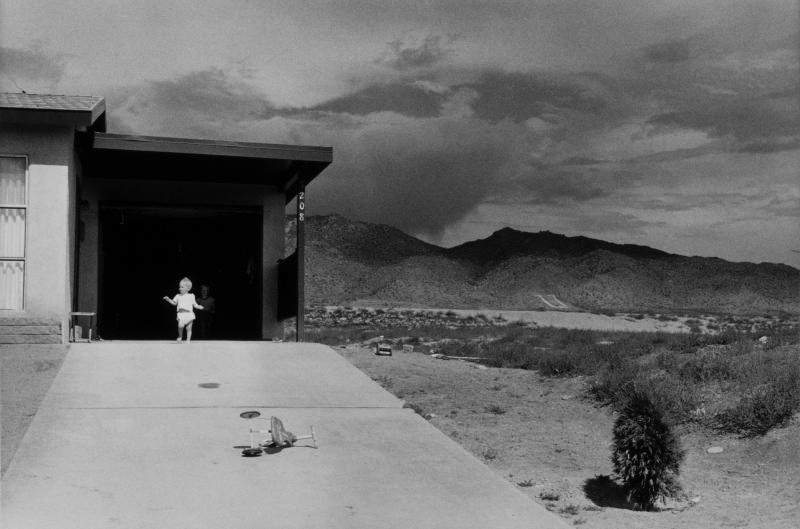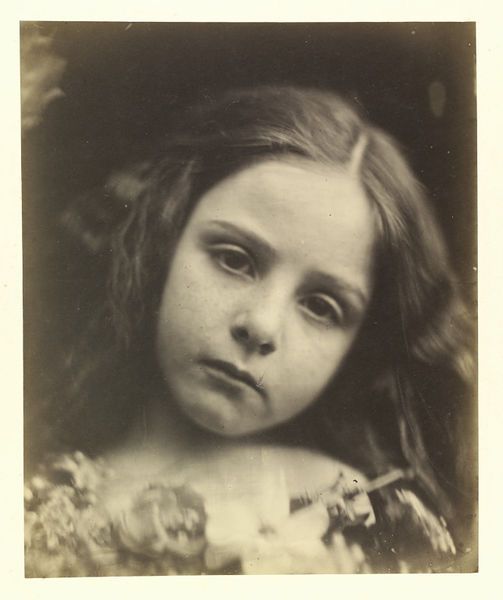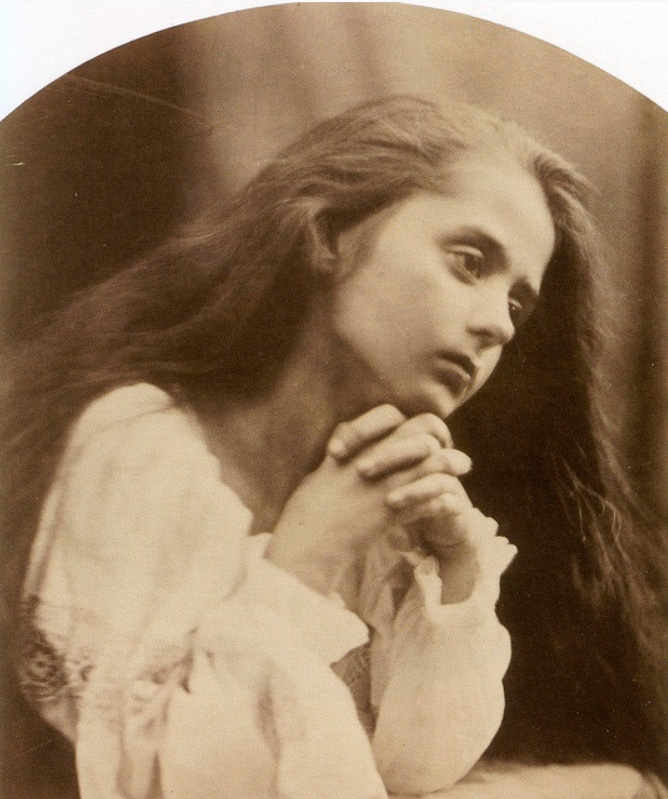The smell of diesel exhaust, hot rubber or plastic flowers, blooming cat shit in the hallway, salt in the air, smoke from burning garbage or vine leaves, grilled fish, and the pungent, sour remnants at the bottom of a Moretti bottle.
I recently returned from what is now my fourth trip to Sicily in a year. This was solely a vacation—though I did bring cameras and art making some material. I spent most of my time sleeping, reading, swimming, lounging in the sun, eating, drinking, and daydreaming. I was also gathering material for my future art practice, leaning heavily into the collage and mixed-media direction I’ve been steadily exploring.
I also accumulated a huge envelope full of receipts—bank statements, restaurant bills, grocery lists, even IKEA slips—all with the intention of running them through my thermal printing toy camera. Sample images are included here.
This time away—certainly from my studio, but also from America—had a number of effects on my thinking. Being separated from the daily political, Trump-related hysteria was a relief. Even though I couldn’t completely block it out, the eight-hour time difference made it feel slightly more distant.
I thought a lot about photography—and more generally, about art-making. I wasn’t especially motivated to make photographs on this trip. I used my phone as a visual sketchbook, but beyond that, I didn’t try to seriously capture anything. My relationship with photography has been tenuous at best, especially over the past five years. Since the pandemic, I’ve been pushing into other visual directions.
Yet I record a photography-based podcast, so I keep one foot firmly planted in that world—even if sometimes my legs are stretched quite far across the divide.
While traveling, I kept thinking about why artists travel in the first place. One obvious reason is to be inspired by unfamiliar or different environments. Still, I often feel that taking photos in distant lands can verge on armchair exoticism at best—or exploitation of local people and traditions at worst.
To reconcile those feelings, I try to think of inspiration as a two-way street. I see things I’m not familiar with, I get visually inspired, and yes—that act is selfish, even greedy at its core. But if I can translate that inspiration into my own creative expression and share it back with the world, I feel like I’m at least tipping the scale back toward equilibrium. I take the inspiration, I mold it, and then I give it back.
Photography, specifically for me in these places, is a double-edged sword. I do get visually stimulated and make images quite freely when I’m overseas or in a new environment. However, I also try to avoid the predictable—the things that have already been seen and photographed to death. I think that’s why I’ve gravitated so strongly toward hand-manipulated work, collage, and multimedia. I feel those pieces carry at least an extra layer of my own perspective—my own aesthetic.
Food for thought as I jump back into my studio practice and prepare for a long, hot summer in the desert. Dreaming of the Aeolian Islands off the coast of Sicily might be the one thing that keeps me grounded.

